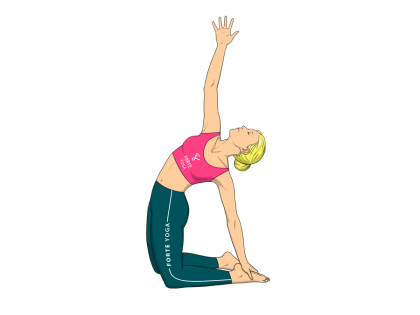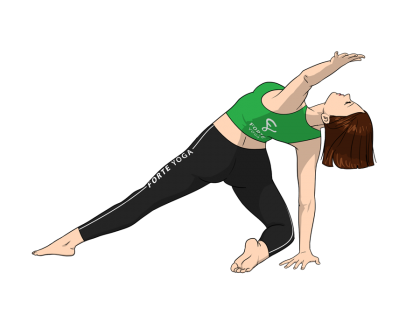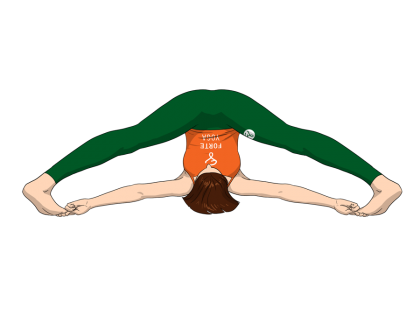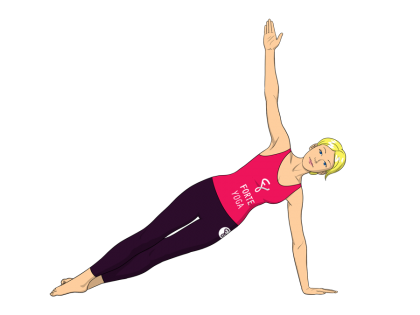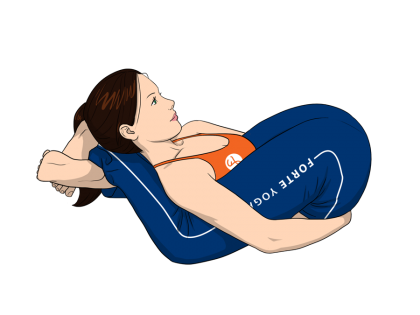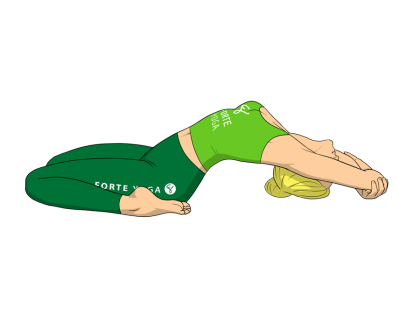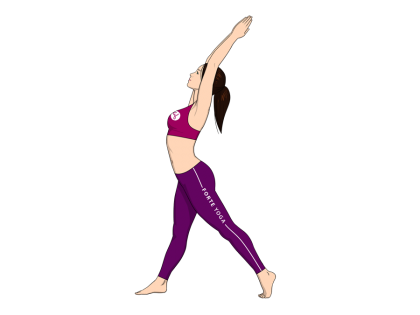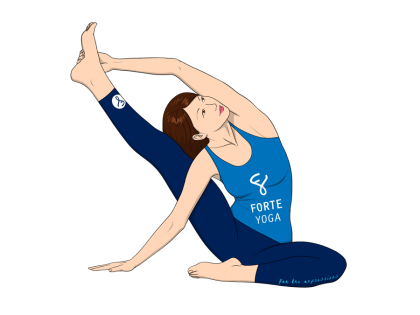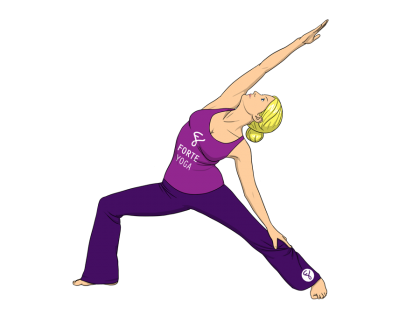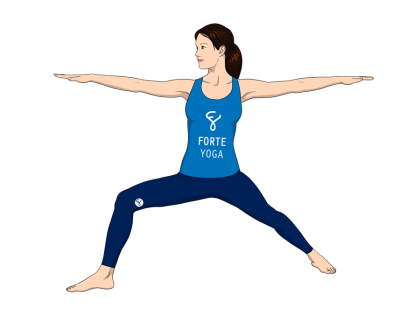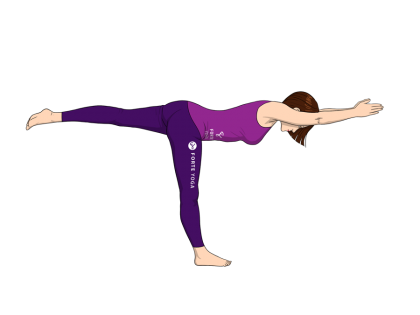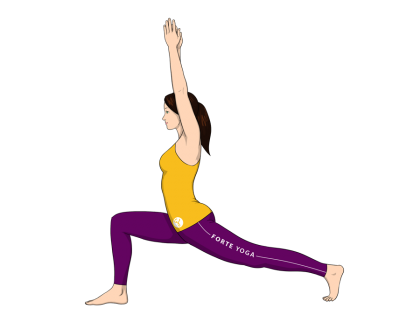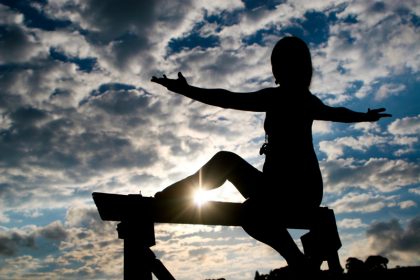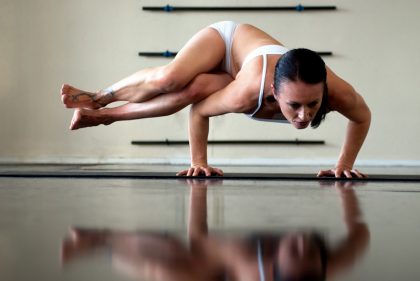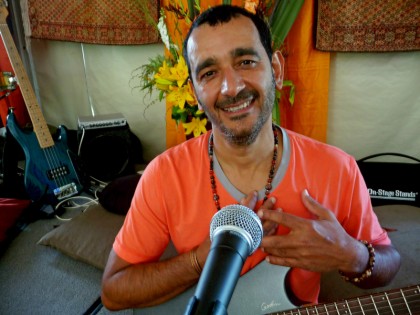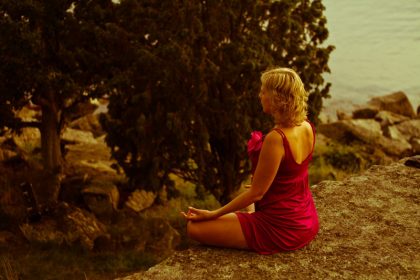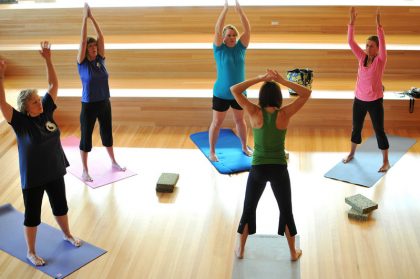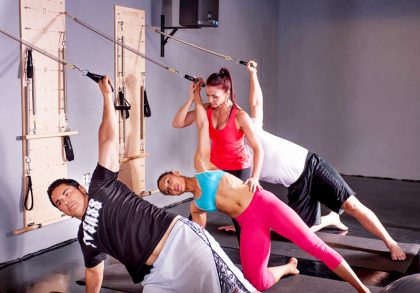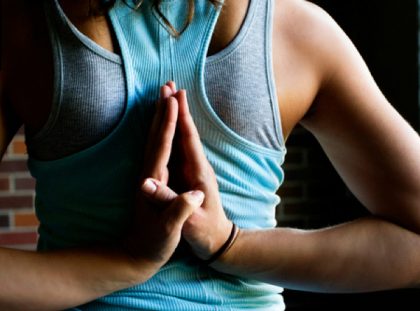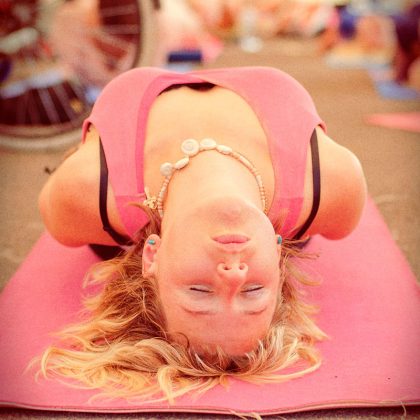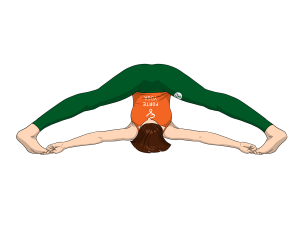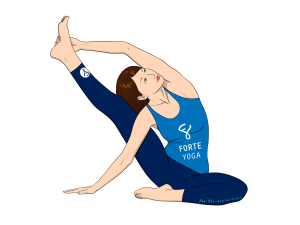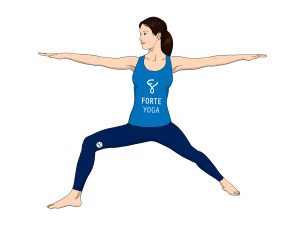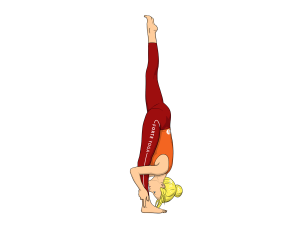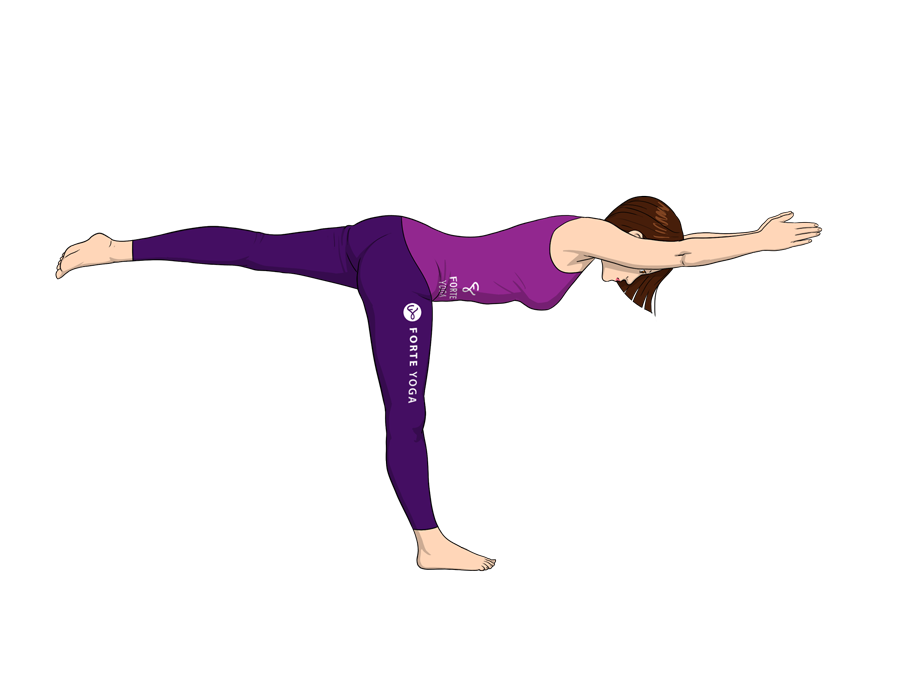
overview
Warrior III Yoga Pose is a standing pose that targets the hamstrings and calves and is ideal for yogis and yoginis at an intermediate level.
 manipura – the wisdom chakra
manipura – the wisdom chakra ajna – the third eye chakra
ajna – the third eye chakrarelated poses
[yoga-sharrre]
How To Do Warrior III Yoga Pose
- Start in the Mountain Pose (Tadasana). With an exhalation, step your left foot back to create about 2 feet of distance between your feet. Keep all of your body weight on your right foot, spreading out your toes and really relying on the ball of your foot to stay balanced. Keep your toes facing forward.
- Hands on your hips, align your shoulders so that they are perpendicular to your hips and to the mat (if you’re using one). Contract your core muscles to help maintain balance, keeping sustained control of your body before moving to the next step.
- Inhale, lifting your left foot slowly until it’s a few inches off the ground. Pause to check your balance, feeling your torso lean forward.
- Keeping your head in a neutral position, gaze downward as you continue to lift your left leg up, torso moving forward as you do so. Continue this until your left leg and torso are parallel to the floor, hands still on hips to help maintain balance. Lengthen both of your legs as far as you can, being sure to avoid locking your knees.
- If you feel your left hip lifting higher than your right hip or vice versa, focus on keeping them level. Your hips should be parallel, so resist the urge to let one lift more than the other. This will ensure that your posture is correct and that every muscle is being worked to its potential.
- Keeping your right foot firmly rooted, feel the length running through your spine and down your left leg. If you are having trouble maintaining your balance, lift your arms out to your sides and parallel to the ground. If you would like to increase the workload, reach your arms directly in front of you, palms facing each other, increasing the length created by your left leg and spine. Continue to look down or bring the head up slightly to look forward, being sure not to bend or put pressure on the neck.
- Hold this pose for 30-60 seconds taking steady, mindful breaths. Inhale as you lift your torso and place your left foot back down, then lower your arms with an exhale back into Mountain Pose. Relax in this position for a few breaths before repeating the steps using the other leg.
Notes
- Breathe deeply through each step.
- Avoid this pose if you have high blood pressure (hypertension).
- Avoid if you have foot, ankle, knee, leg, lower back or hip injury.
- If pregnant, gain extra support by placing your hands on a partner, wall or chair.
- Take extra care to move gradually if you experience vertigo easily.
Tips
If having trouble balancing, try using a wall or chair to support you by placing on hand on it in front of you.
Try different positions of the arms for variation, such as reaching them out to your sides, directly in front of you, or placing the palms together at your chest.
Stretches & Strengthens
All Muscles: Hips, quads, hamstrings, calves, shoulders, back, abs
Target Muscles: Hamstrings, Calves
Health Benefits of Warrior III Yoga Pose
- Improves balance, posture and agility.

